20+ SAMPLE Mind Maps
-
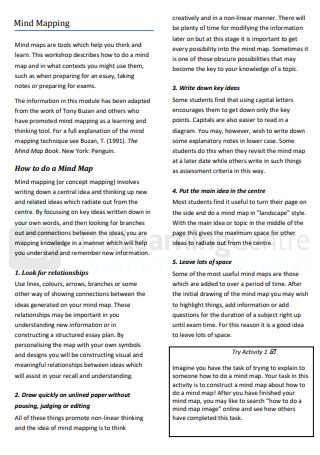
Mind Mapping
download now -
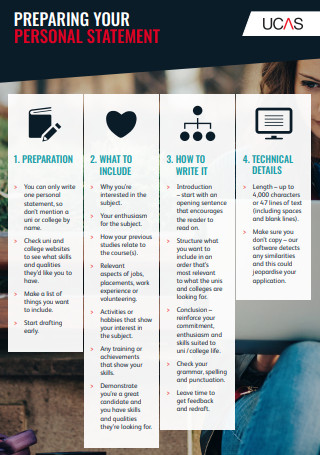
Personal Statement Mind Map
download now -
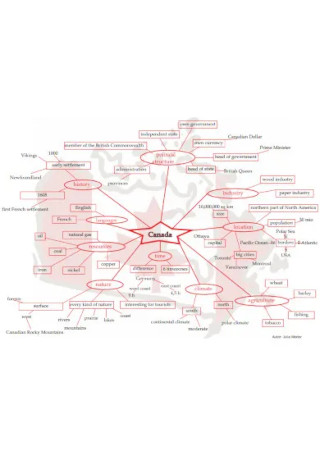
Mind Map Template
download now -

Travel Mind Map Sample
download now -
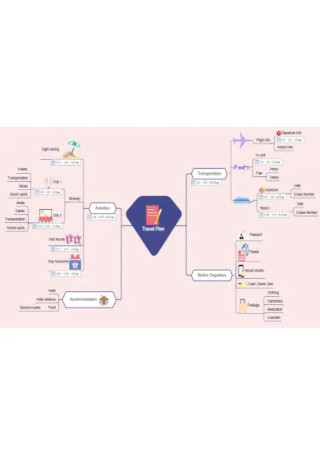
Simple Travel Mind Map
download now -
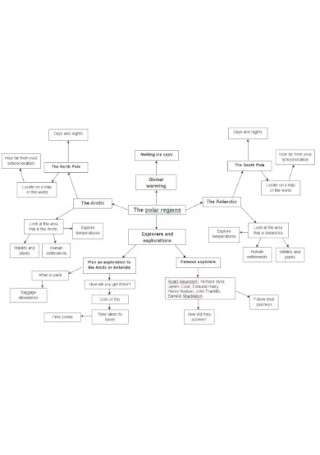
Regions Travel Mind Map
download now -
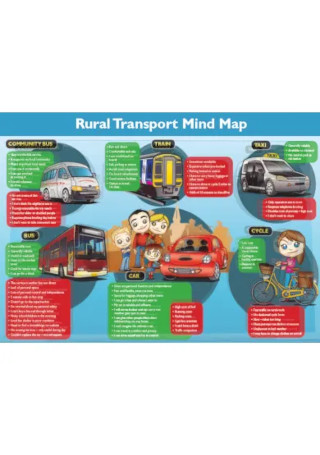
Sample Transport Mind Map
download now -

Travel Mind Map Template
download now -

Vacation Travel Mind Map
download now -
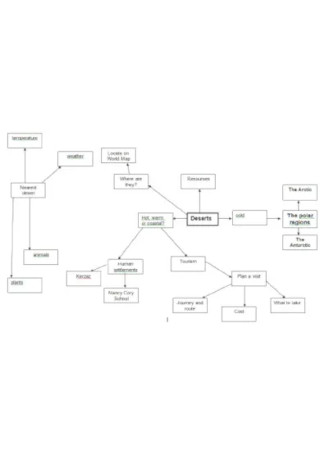
Sample Travel Mind Map
download now -
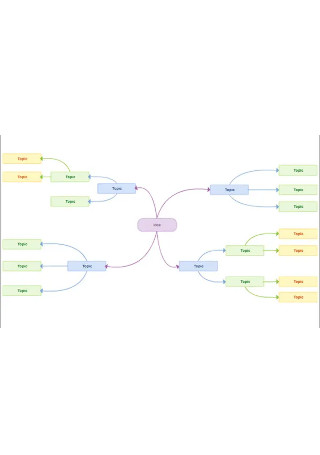
Mind Mapping Template
download now -
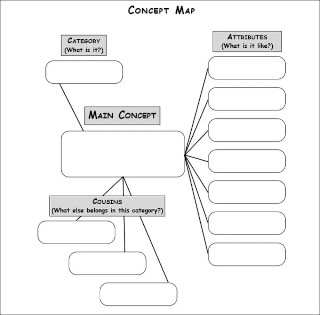
Mind Map Format Template
download now -
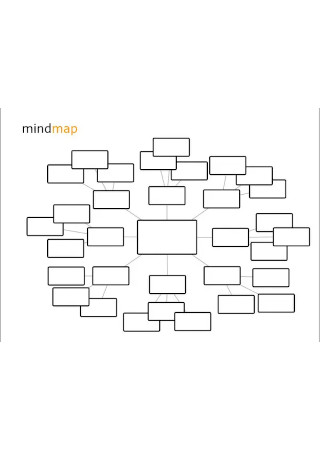
Format of Mind Map
download now -
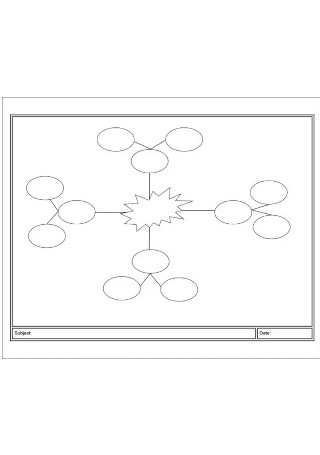
Formal Mind Mapping Template
download now -
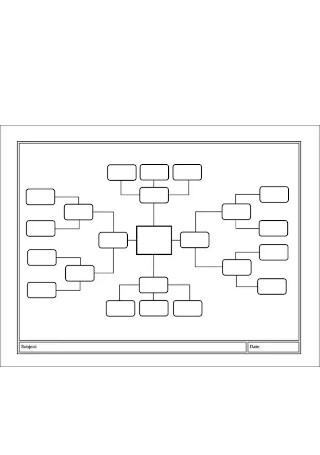
Standard Mind Map
download now -
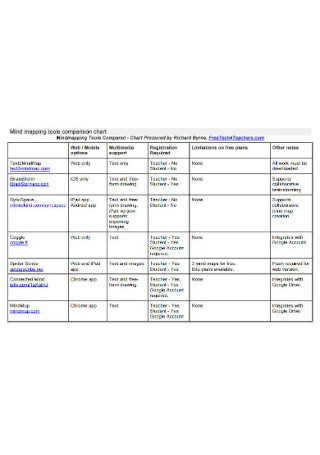
Mind Maps Chart
download now -
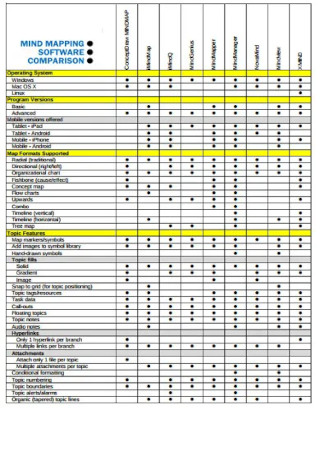
Software Mind Map
download now -
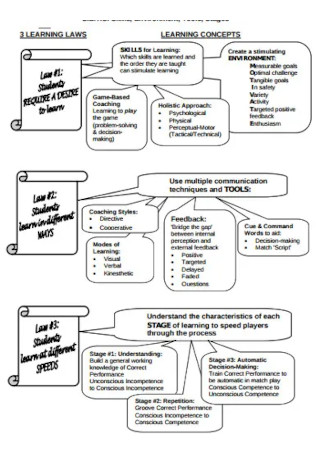
Sample Mind Map Chart
download now -
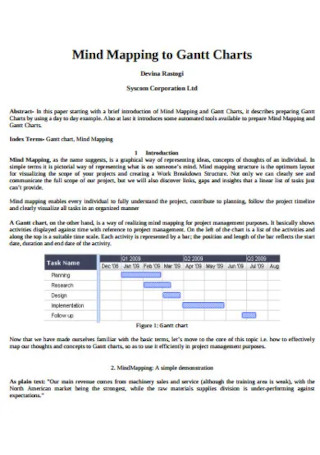
Mind Map Gantt Chart
download now -
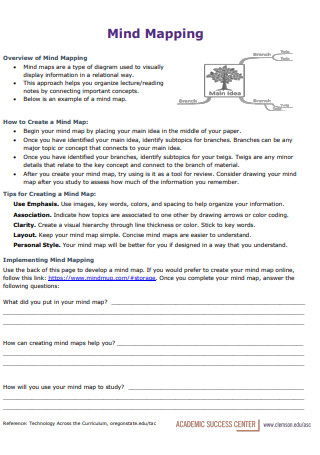
Mind Mapping Overview
download now -
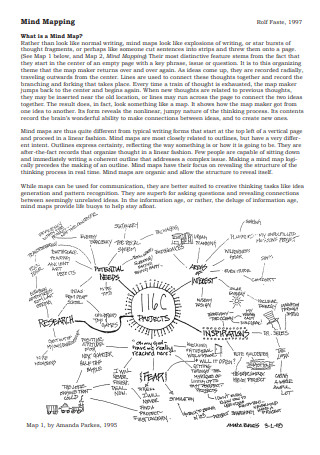
Mind Map in PDF
download now
FREE Mind Maps s to Download
20+ SAMPLE Mind Maps
What Is a Mind Map?
What Are the Basic Elements of a Mind Map?
How to Create a Mind Map?
What Are the Benefits of Mind Mapping?
Where Can Mind Mapping Be Applied?
Tips and Techniques
FAQs
Who invented mind mapping?
Why is visual representation important?
How does color affect learning?
What is the importance of images?
What is the difference between a concept map, mind map and argument map?
What Is a Mind Map?
Mind maps offer a coherent and convincing way of presenting information that is easier to understand and analyze. A mind map is a graphical representation of an idea and its relationship. It is a tool used to visually show, organize and link information. It is also an effective instrument for your brain, in order to capture what and how you think. In a mind map, there is a central idea that is linked to other related ideas by the use of lines. It is kind of similar to a concept map. But, here there is a ranking of the associated ideas.
What Are the Basic Elements of a Mind Map?
With the use of templates, it will be easy to create your very own mind map. However, it is still important to know and understand what the key elements are:
How to Create a Mind Map?
The templates are given above. However, it will be better to read the steps for tips and guides.
Step 1: Addition of the Central Idea
In the center of the page of your mind map, is where you will be placing your central idea. This will be the subject, main topic, or primary problem you want to address. This will mainly speak for the topic you want to tackle and research.
Step 2: Addition of Different Lines
The next step is to branch out from your main topic. The purpose of these lines is to associate the main topic to different smaller topics or more specific subject matter.
Step 3: Addition of the keywords
After adding the branches or lines, it is time to add the keywords. These can also be called subtopics or subsets. It is important to remember that adding a single word is better than putting complex sentences and phrases. A single keyword will result in more branches and subtopics.
Step 4: Addition of Different Colors
Adding colors to the lines and shapes of your mind map encourages the brain. We can often see this in students using a highlighter on their notes and books. Highlighting the different subtopics and lines will help in scrutinizing information and grouping the different branches. It also helps in pointing out more connections.
Step 5: Addition of Different Images
Visual representation is better than texts. Did you know that one picture is actually worth more than words? According to research done in 2014 by MIT neuroscientists, it only takes 13 milliseconds for a human being to process the image that he or she sees. Adding images to your mind map will help people remember information better. Also, according to research conducted by the University of California San Diego, an image can affect how an audience behaves.
Generally, in a mind map, there is a central idea that is linked to other related ideas by the use of lines.
What Are the Benefits of Mind Mapping?
Where Can Mind Mapping Be Applied?
1)It is a great tool for brainstorming.
It can get messy during a brainstorming session. But, with the process of mind mapping, there is no need to worry because it can keep up with the fast-moving rate and changing pace of brainstorming. It helps because it keeps the ideas coming while also showing the importance and relationship of all the ideas.
2)It is a great tool for problem-solving.
In solving problems, the biggest hurdles that students and employers encounter is how they will approach the problem and what method they will use to solve it. By the use of mind maps, you will have several points of view in addressing the problem and come up with the best possible procedure in solving it. You will be able to see a clearer picture of the problem. You can then integrate all the possible solutions and resolve the issue or problem.
3)It is a great tool for project management.
Turning the idea into a reality is a big and long process. In any of the phases of project management, this will be a great help. Because of the dynamic characteristic of a mind map, it is flexible and can be used in any of the following: project plan, project schedule, and project scope. By starting afresh and with a different approach, ideas will keep flowing and it will be easier to expand the central idea into sub-topics.
4)It is a great help for recruiters and interviewers.
Having the name of the potential candidate in the middle. It will be a fast and easy task to branch out into several smaller ideas. Listing out all his skill, qualifications and experience will be a walk in the park. This can be also a great help for employees trying to look for a new job. By the use of color-coding, you can easily categorize all the theoretical knowledge you have learned and the practical applications you have experienced to find the perfect career for you.
5)It offers a fresh and interesting way to your to-do list.
Listing out your to-do list in an old-fashioned way is no fun and can be confusing. Doing it in chronological order or in bullet form can be lengthy. Trying a different approach and method may help. Mind maps not only expand the central idea but, also show a hierarchical order and show the relationship of the ideas.
6)It is also a creative way of summarizing.
The main purpose of this is to have a central idea that is then linked to different keywords. Summarizing a book, lesson, or report in a narrative way may bore the audience or readers. By the use of a mind map, you will have a new and engaging way of summing up the main points and present them in a creative way.
Overall, it is a great way of learning new concepts and ideas. It makes complex ideas more comprehensible. One of the biggest impacts of a mind map is that it also helps in retaining ideas. According to Dr. Lynell Burmark, in her book entitled DataFlow Supercomputing Essentials: Research, Development, and Education, words will most likely go in one ear and pass through the other because they are processed in our short-term memory. On the other hand, images are permanently engraved in our long-term memory.
Tips and Techniques
FAQs
Who invented mind mapping?
The use of diagrams and other visual aids goes way back. Even philosophers who followed in the footsteps of Aristotle used visual representations. They did this to explain some of the concepts of Aristotle. But, a mind map, in particular, was coined by a British author, TV personality, and psychology consultant named Tony Buzan. He popularized the term by writing it in a book entitled Modern Mind Mapping for Smarter Thinking.
Why is visual representation important?
A visual representation is important because it shows and explains the information in an easier way. It sums up the main idea making it easier to understand. With the use and help of visual aids, students and other target audiences tend to focus more on the subject matter at hand. This is why most professors used graphs in teaching. It also summarizes the idea in a creative and interesting way. It can also easily shows the relationships between each item and topic.
How does color affect learning?
A color greatly affects and influences our minds. Color also helps in recognizing patterns and absorbing new data. It can help you understand and recall data faster. As for business transactions, it can also help by means of remembering. According to www.ncbi.nlm.nih.gov, it can also help in brand recognition and can increase it by up 80 percent.
What is the importance of images?
Images are easier to remember than words alone. It is because our mind process image faster than written text. Another thing is that it gives a more in-depth understanding and meaning than a normal text.
What is the difference between a concept map, mind map and argument map?
The main difference is that in a mind map there is a hierarchical order of the ideas. Also, a mind map uses more of a radiant thinking method. A mind map also focuses on one central idea and breaks them down into subtopic or smaller manageable ideas. Next, a concept map focuses on multiple ideas. It does not have a central idea, instead relates to several main topics. On the other hand, an argument map, from the word itself focuses on arguments. Its focus is the conclusion and premise of an argument. However, they play the same role in helping the target audience understand the topic more easily by the use of visual aids.
The most common way of taking down notes during a class lecture or business meeting is writing down the important sentence or the essential phrases. Going over your notes in a traditional way is not wrong. But, doing the same thing over and over again becomes dull or boring. Another important thing to look at here is that with the repetitive manner of studying or reviewing your notes, there is a tendency that the brain will have a hard time trying to absorb all the information you are reading. Trying a different approach may be the solution for reviewing your notes. Stop wasting your time and present your information in a concise and convincing way with the use of our templates.
